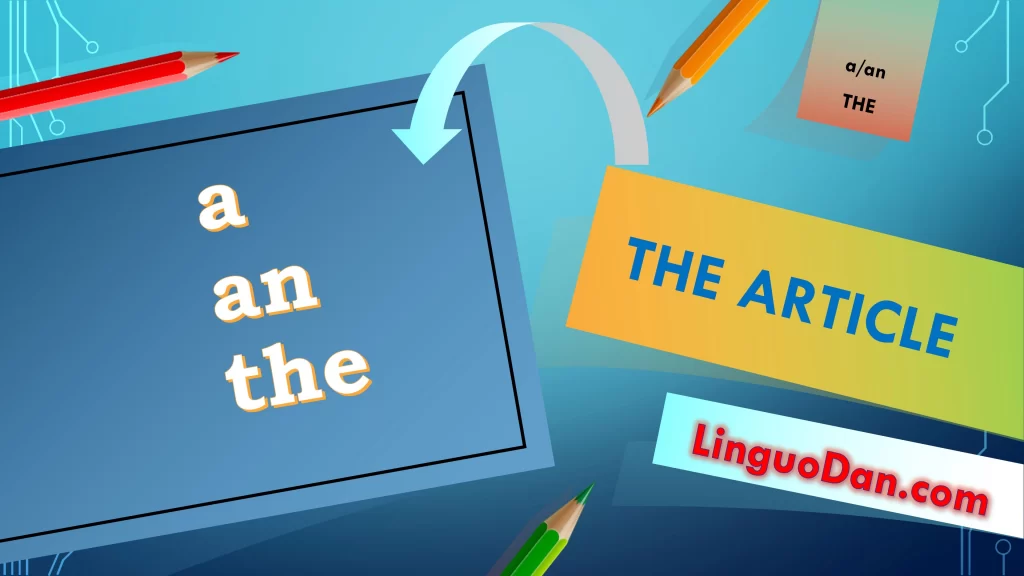How to use the articles in practice

How to use articles in English?
Articles in the English language are words that help indicate whether we are referring to a specific or a general object or person. They are placed before nouns and belong to a class of words known as determiners. In English, there are three articles: a, an, and the (there is also a zero article, which is used when an article can be omitted). Articles are categorized into two types: definite and indefinite. If you are interested in the rules of using articles in the English language, definite and indefinite articles: a, an, the, we will discuss everything about articles in the English language in this article, in more detail you can also read the article: Use of articles in English: A/an, the, no article (Quiz ) (more practice).
The definite article – “the”
The definite article is the word “the.” It is used when we are referring to something that has been mentioned before, is unique in its kind, or is defined by the context. The definite article can be used with singular or plural nouns and with uncountable nouns. For example:
- I saw a movie yesterday. The movie was very interesting. (The first mention of the film is with the indefinite article, the second mention is with the definite article)
- The sun is shining today. (The only sun of its kind)
- I live in the house with a red roof. (The context determines which house we are talking about)
The indefinite article – “a” or “an”
The indefinite article – “a” or “an” – is used when we are talking about something for the first time, when we are referring to a member of a group, or when we are indicating the quantity “one.” The indefinite article is used only with singular nouns. For example:
- I have a cat and a dog. (First mention of the animals)
- She is a teacher. (Member of the group of teachers)
- He ate an apple. (Quantity “one”)
The choice between “a” and “an” depends on the sound that begins the next word. If it is a vowel sound, then “an” is used. If it is a consonant sound, then “a” is used. For example:
- a book
- an apple
- a university (begins with a consonant sound /j/)
- an hour (begins with a vowel sound /aʊ/)
Zero article
Sometimes the article can be omitted, and this is called the zero article. Typically, the zero article is used when referring to proper nouns, abstract concepts, languages, sports, games, etc. For example:
- I like ø chocolate. (Abstract concept)
- She speaks ø English. (Language)
- He plays ø chess. (Game)
Examples of using articles
Here are some examples of sentences that illustrate when to use each article and when an article is not needed at all:
- I bought a new car yesterday. It is the car of my dreams. (First mention of the car with an indefinite article, second mention with a definite article)
- She is an artist. She loves painting ø flowers. (Member of the group of artists, abstract concept of flowers)
- He is the president of ø France. He speaks ø French. (Specific individual, proper noun, language)
- They went to a park. They played ø soccer. (General category, sport)
Practical Exercises for Reinforcing Knowledge on Article Usage
Read the sentences and choose the correct option to fill in the blanks.
